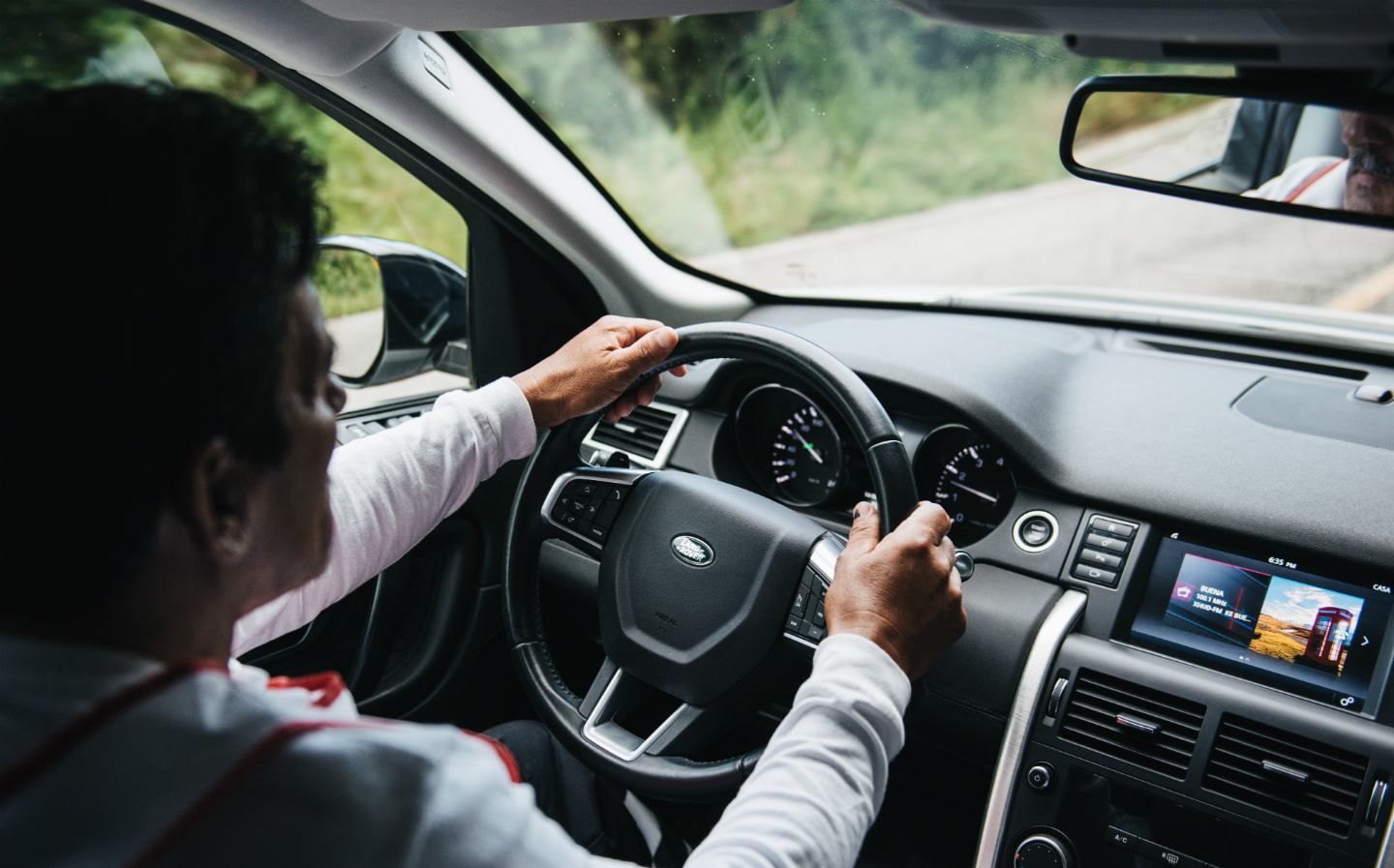Black Boxes in Cars: Unveiling the Data They Collect

According to the latest statistics, approximately 1.3 million people die in road crashes every year. To help understand the factors that contribute to these accidents, car manufacturers have installed “black boxes” in vehicles. These devices are similar to the ones found on airplanes and record important data that can be used to understand how accidents happen.
Black boxes in cars are officially known as Event Data Recorders (EDRs). They are small devices that are usually located under the driver’s seat or in the center console. EDRs are designed to record data in the seconds leading up to an accident, with the aim of helping investigators understand how the accident occurred.
So, what data do these black boxes collect? EDRs typically record data such as the speed of the vehicle, the engine RPM, the throttle position, whether the brakes were applied, and whether the driver was wearing a seatbelt. They may also record data such as the steering angle, the airbag deployment, and the force of the impact.
All this data is extremely valuable for accident investigators, as it can help them to understand the sequence of events that occurred leading up to an accident. For example, if an accident occurred because the driver was not wearing a seatbelt, the data from the black box would show this. If an accident occurred because the driver was speeding, the black box data would also show this.
However, there are some concerns about the use of black boxes in cars. Some people worry about the privacy implications of having a device that records so much information about their driving habits. Others worry that the data could be used against them in court if they were involved in an accident.
Despite these concerns, the benefits of black boxes in cars are clear. They can help to improve road safety by providing valuable information to accident investigators, which can be used to prevent similar accidents from occurring in the future. They can also help to resolve disputes about how accidents occurred, which can be useful for insurance companies and other organizations involved in accident investigation.